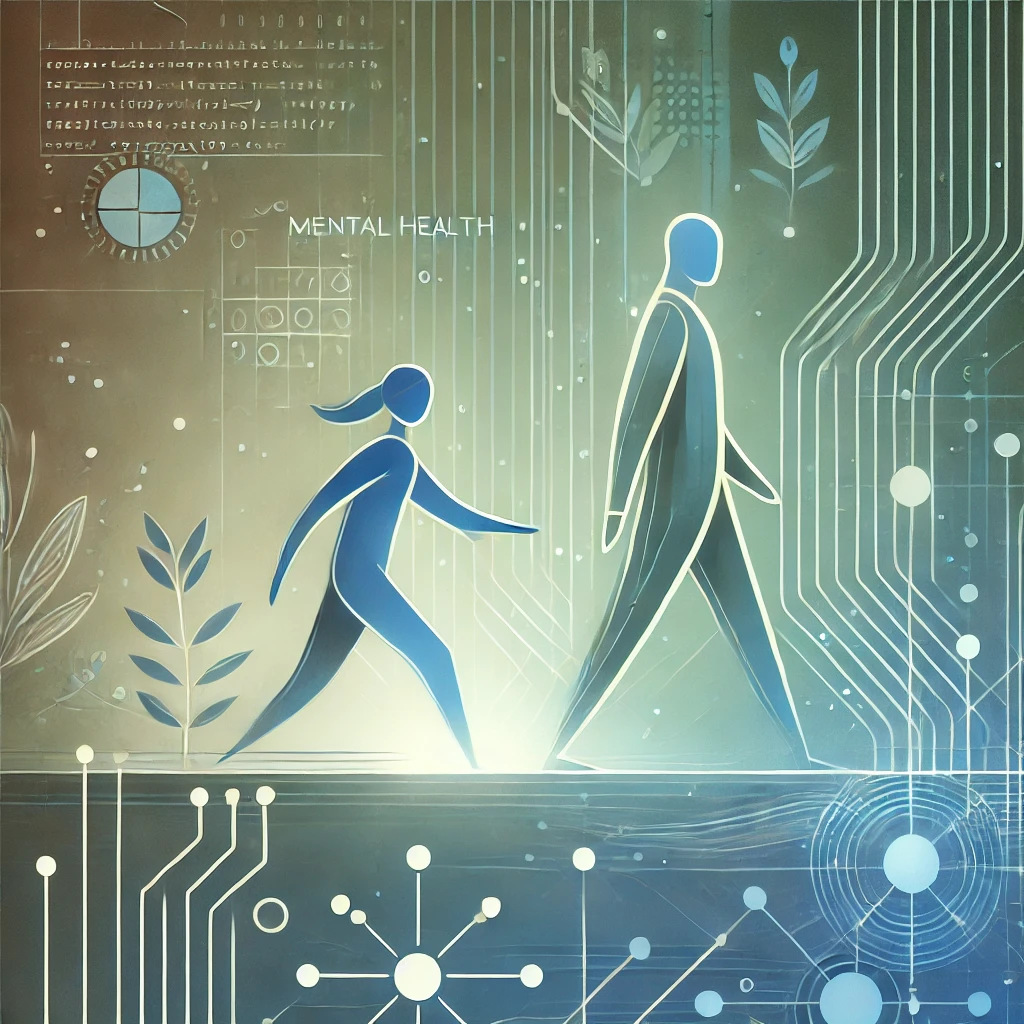From isolating high-pressure environments to the subtle erosion of our digital defenses, the tech world demands not just skill, but resilience. This isn’t about weathering storms; it’s about transforming them into opportunities for growth. Here, we’ll dive into the art of resilience, merging our passion for tech with the science of bouncing back stronger. Let’s embark on this journey together, exploring how we, as tech professionals, can fortify our mental armory to turn adversities into advantages.
Resilience enables tech professionals to navigate system failures, cybersecurity threats, and the constant pressure of staying ahead in a competitive market.
If any of you have ever been part of a significant security incident, you know what I mean.
The team works tirelessly, not just to patch the vulnerability but also to contain and eradicate the threat. All while keeping a perfect timeline for lawyers. Paging and waking up folks who need to be involved. While initially devastating and exhausting, these crises always lead to a stronger, more secure platform and a team well-equipped to handle future challenges.
In my own journey, I’ve been forced to muster and build resilience more often than I’d recommend for most. Not just work fire alarms but a lifetime of personal trials, trauma, and mental health struggles to boot.
I would not still be here, thriving personally and professionally, if I hadn’t produced some form of significant resilience along the way.
Resilience is about the mental agility and emotional fortitude to see challenges not as roadblocks but as stepping stones to more extraordinary achievements.
In essence, resilience in a tech career or in life is about the continuous pursuit of excellence amidst uncertainty, using every challenge as a learning opportunity to build a more robust and innovative future.
5 Key Components to Understanding Resilience
Gabriella Rosen Kellerman and Martin E. P. Seligman’s “Tomorrowmind” offers valuable insights into building resilience. They identify five key components: Emotional Regulation, Optimism, Cognitive Agility, Self-Compassion, and Self-Efficacy.
- Emotional Regulation: This is about managing our emotions to make effective choices, especially under stress. In tech, where pressure runs high, emotional regulation can be the difference between a system failure and a breakthrough.
- Optimism: It’s the belief in a positive future. Optimism can fuel persistence, especially in challenging projects or during cybersecurity crises. Seeing the opportunity in every difficulty is a crucial mindset in our field.
- Cognitive Agility: This is the ability to consider multiple scenarios and focus on the most promising one. In cybersecurity, this might mean anticipating various attack vectors and preparing accordingly. Cognitive agility allows for adaptability.
- Self-Compassion: It involves treating ourselves with the same kindness we would offer others. In a field where failure is part of the learning process, self-compassion helps us to continue pushing forward without being overly critical of ourselves.
- Self-Efficacy: This is the belief in our abilities to succeed in a specific task. In the tech world, where constant learning and adaptation are required, a strong sense of self-efficacy empowers us to tackle new challenges and acquire new skills.
As Tomorrowmind suggests, these elements of resilience are interconnected, enhancing our ability to thrive in our personal and professional lives. High levels of resilience lead to greater happiness, health, and success, a vital component in technology and cybersecurity.
Let’s get into each one. These are 5 concepts worth wrapping your brain around.
Emotional Regulation
Picture the scene: a critical system failure, clients on edge, the team’s morale at stake. This is where emotions could hijack your decision-making abilities. Like your boss hovering over your shoulder, some chemicals in your brain hold you hostage.
This is where we can use 2 steps to regulate and maintain composure.
First, we must create a buffer between our immediate emotional reactions and actions. Like debugging some buggy code, we identify and label each emotion, distinguishing them from our core self. This process of disentangling emotions from identity helps regain a sense of control.
Notice and name your emotions. They are distinctly something else and not you. Focus instead on your body. Naming the emotion and focusing on your body should make that emotional hostage situation defuse a bit.
Second, we employ the technique of cognitive reappraisal. This involves stepping back and objectively analyzing our emotional responses. Is the server crash as catastrophic as it feels? Have we yet troubleshot similar issues before? We often find them exaggerated by challenging our initial emotional responses, helping restore balance and rational thinking.
Most importantly, are these feelings helpful? Tap into that engineer brain and bring out the logic.
In the tech industry, where pressure and high emotions are part of the daily grind, mastering emotional regulation isn’t just about maintaining personal well-being; it’s about ensuring we make decisions that are logical, efficient, and, ultimately, beneficial for our projects and teams.
Harnessing Optimism
Adopting an optimistic outlook isn’t just feel-good advice—it’s a strategy for success. The concept of “learned helplessness,” identified by Seligman, reveals that our reaction to adversity is often a matter of perspective. Those who view setbacks as temporary, isolated incidents and within their control foster a resilient mindset.
I am good at this professionally and bad at this personally. I’ve had enough leaders and mentors in my career who hated complainers that I’ve learned not to be one.
An old boss of mine said “data, not drama” a lot. “Matt, bring me the data so I can do something about this. Don’t bring me the drama.”
Personally, it is a different story. Battling depression often leads to optimism being out of the vocabulary. It falls out of my ears and onto my pillow every night, and I have to find it again the next day. Easier said than done sometimes.
Optimism reshapes our day-to-day tech ‘disasters’ as opportunities for growth and learning. It’s about believing in our problem-solving capacity, even when solutions aren’t immediately apparent.
One practical way to cultivate optimism is through the “Best Possible Self” exercise.
Imagine a future where all your aspirations have been realized—think of the innovations you’ve created, the challenges you’ve overcome, and the professional milestones you’ve achieved.
The researchers in the book suggest writing about this fantasy for 10 minutes. Go into what this life would look like for you and how it would make you feel.
This exercise isn’t just daydreaming; it’s a powerful tool backed by research, enhancing both our optimism and overall well-being.
Cognitive Agility
The habit of assuming the worst—can be a resilience killer. This isn’t just about being pessimistic; it’s about the impact such thinking has on our ability to navigate complex problems and find innovative solutions.
To combat this, we need to cultivate Cognitive Agility. It’s the skill to weigh multiple scenarios, considering risks and opportunities, before zeroing in on the most viable solution.
This is like threat modeling: we don’t just focus on the worst possible error but consider all potential issues and their solutions.
The “Putting It In Perspective” exercise is a practical method to develop Cognitive Agility. For instance, we assess all possibilities if a server goes down rather than panicking about lost data and irate clients. Is it a simple connectivity issue? A minor bug fix? Or a more significant system failure? This approach calms the initial panic and steers us towards more effective problem-solving.
The research suggests an easy exercise here. Draw two columns: “Worst” and “Best”.
Worst: We got hacked, the server is down because of ransomware, a meteor hit us-east-1
Best: Someone tripped over a power cord, you won the lotto, and the server being off doesn’t matter to you anymore.
Then, we can finally dig into “most likely” scenarios in the middle - “a bad PR got merged, and we can quickly revert.”
Cognitive Agility isn’t just a skill—it’s an essential tool in our resilience toolkit.
Self-Compassion
I. Suck. At. This.
In a high-performing field where perfectionism is often the norm, self-compassion is a critical yet underutilized tool.
It’s about shifting the empathy and understanding we readily offer others onto ourselves, especially when mistakes happen.
Kristin Neff’s concept of self-compassion isn’t about self-indulgence; it’s about recognizing that errors are part of the learning and growth process.
To practice self-compassion, picture a scenario where a colleague makes a similar mistake. Would you berate them or offer support and understanding?
Apply this same kindness to yourself.
This shift in perspective is transformative, turning a harsh inner critic into a supportive inner coach.
Embracing self-compassion can be the difference between burning out and thriving amid challenges.
Self-Efficacy
Self-efficacy, a term coined by psychologist Albert Bandura, is particularly resonant in the tech industry. It’s the belief in our ability to influence outcomes and situations—a vital trait for anyone in our field.
The key to building self-efficacy lies in what Bandura calls “mastery experiences.” It’s about setting goals, achieving them, and then setting bigger goals. This process creates a virtuous cycle, where each success builds confidence and reinforces the belief in our capabilities.
Developing a strong sense of self-efficacy is crucial in tech, where challenges are routine. It transforms how we approach problems, turning “I can’t” into “I can and I will.”
By achieving small goals and building up to larger ones, we not only enhance our skills but also our belief in our ability to tackle even more complex challenges in the future.
Get those reps in. Prove it to yourself.
Wrap it up B
Alright, we’ve journeyed through the ins and outs of resilience. It’s clear: resilience isn’t just about toughing it out; it’s about growing, adapting, and excelling. Let’s put these tools—emotional regulation, optimism, agility, compassion, and self-belief—into action.
They’re our secret sauce for not just surviving but thriving.
I’d love to hear how you apply these in your life. Drop your stories and insights to me on Twitter or LinkedIn. Together, let’s make resilience our superpower in the tech universe.





